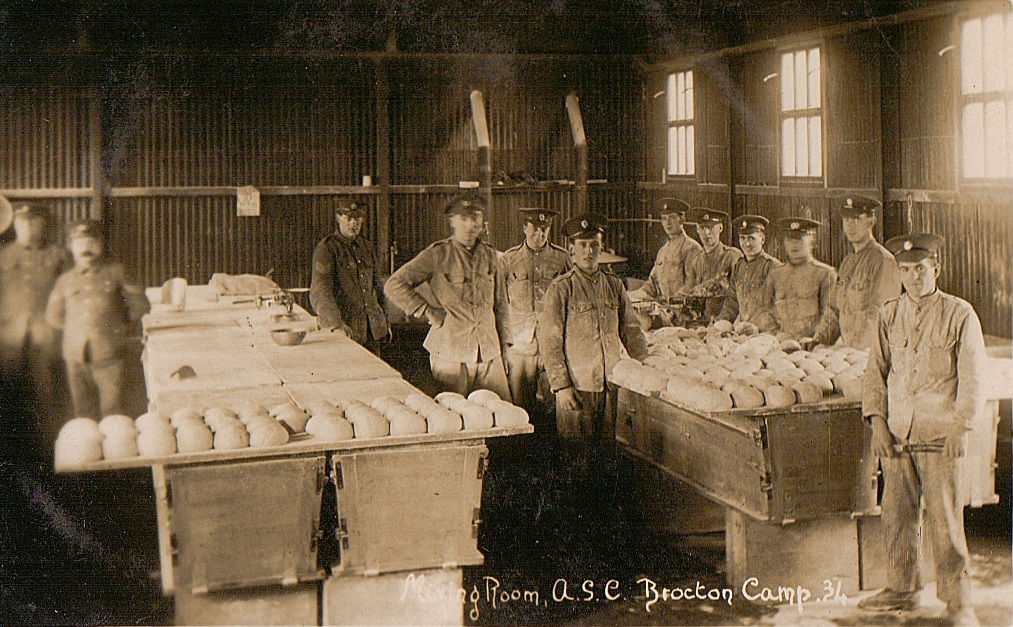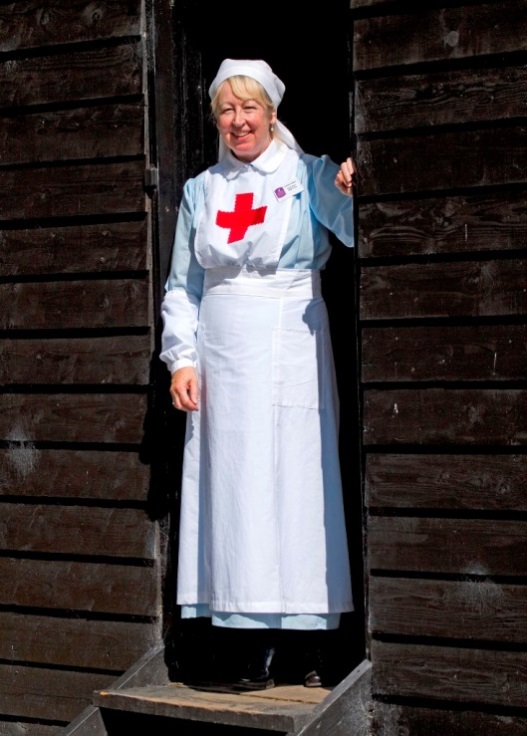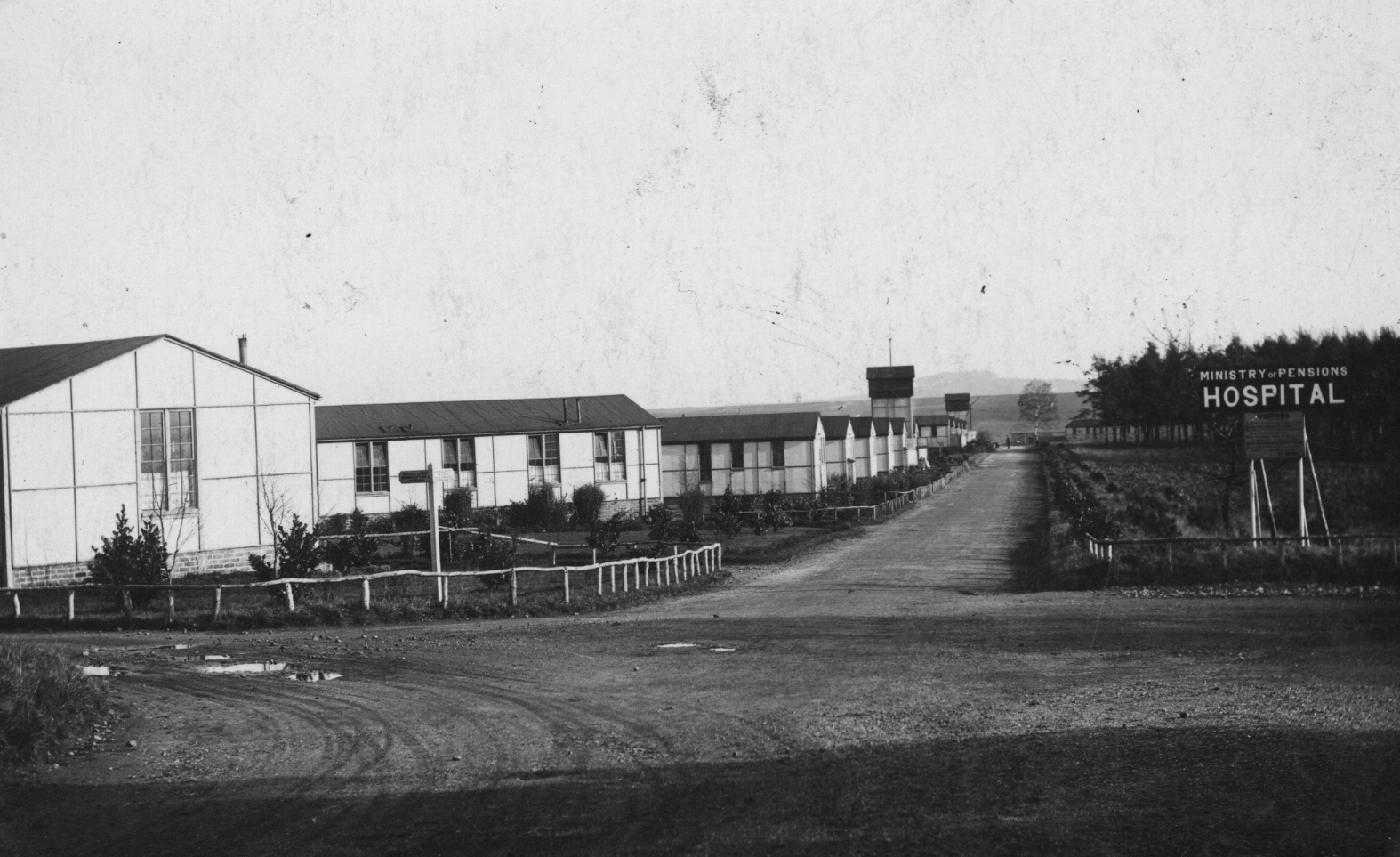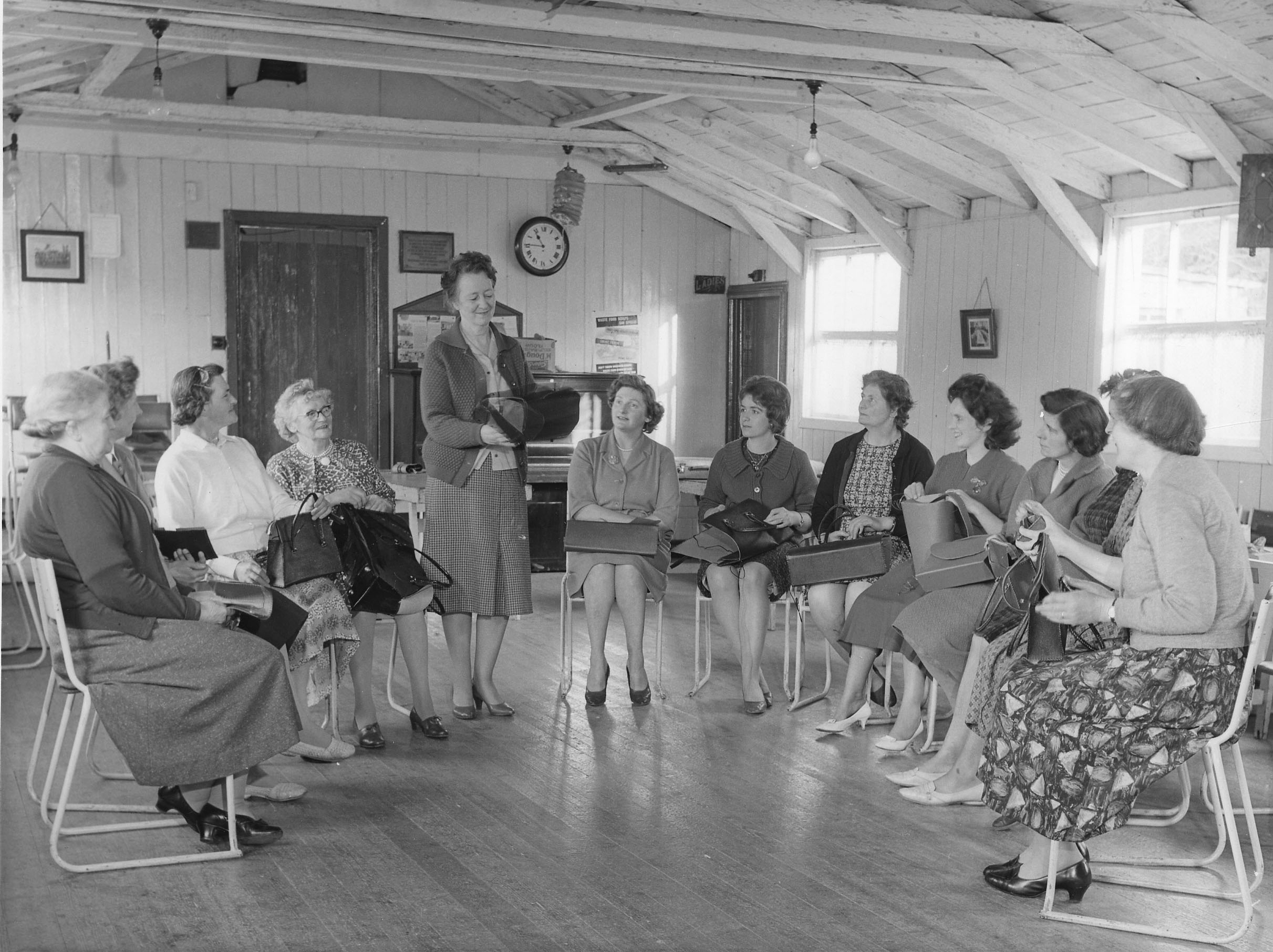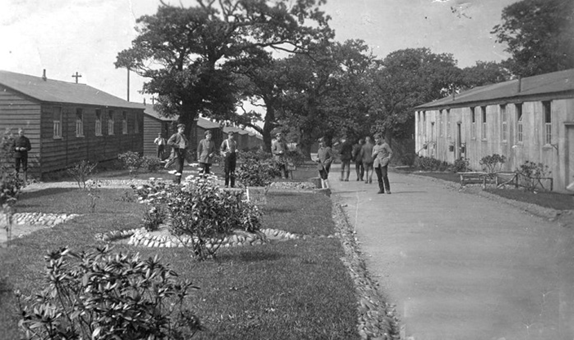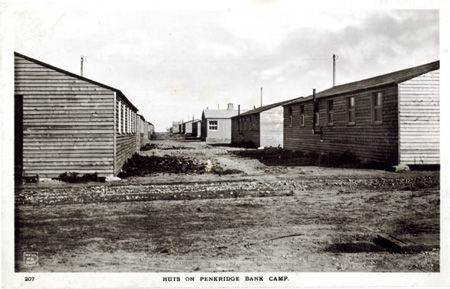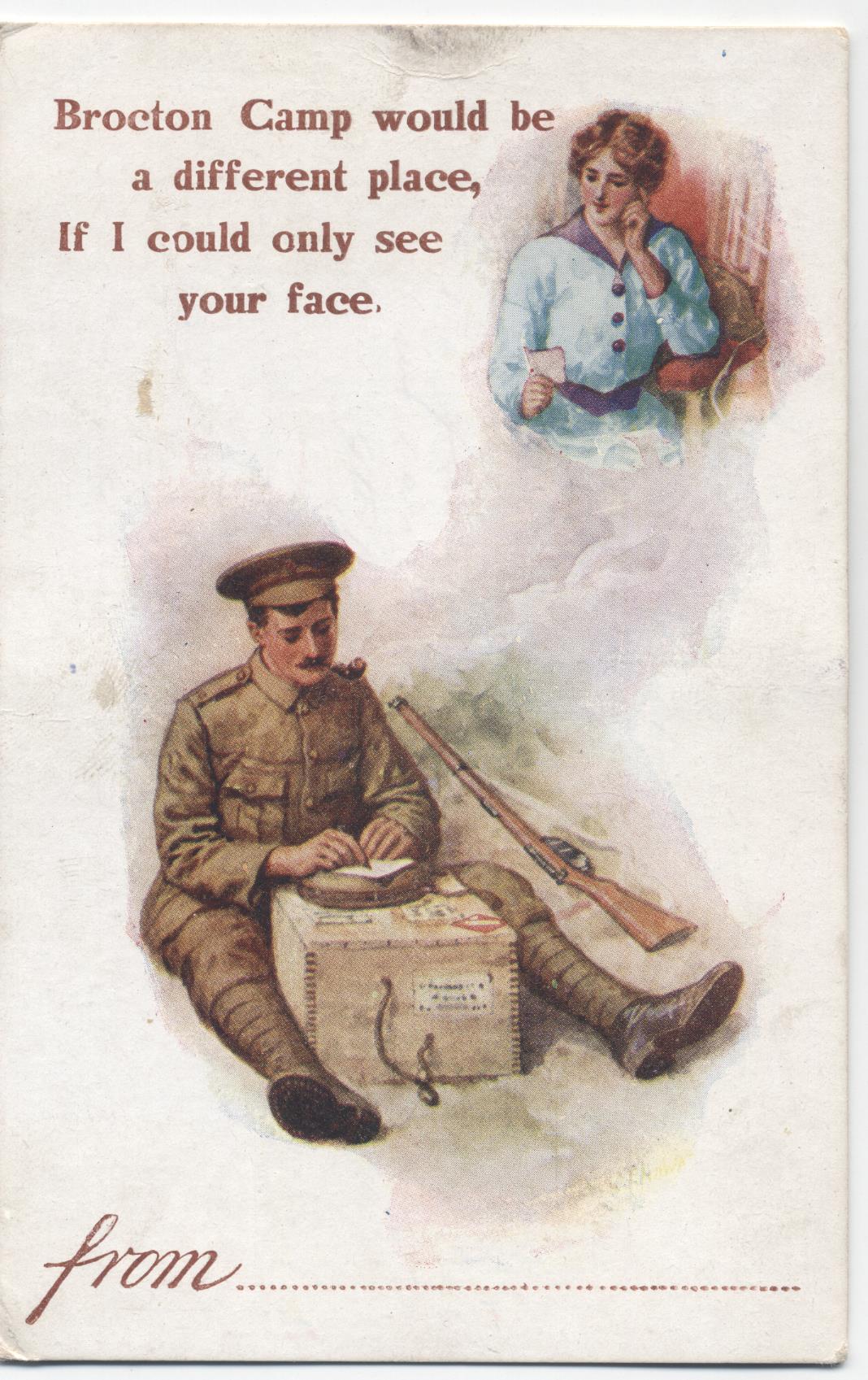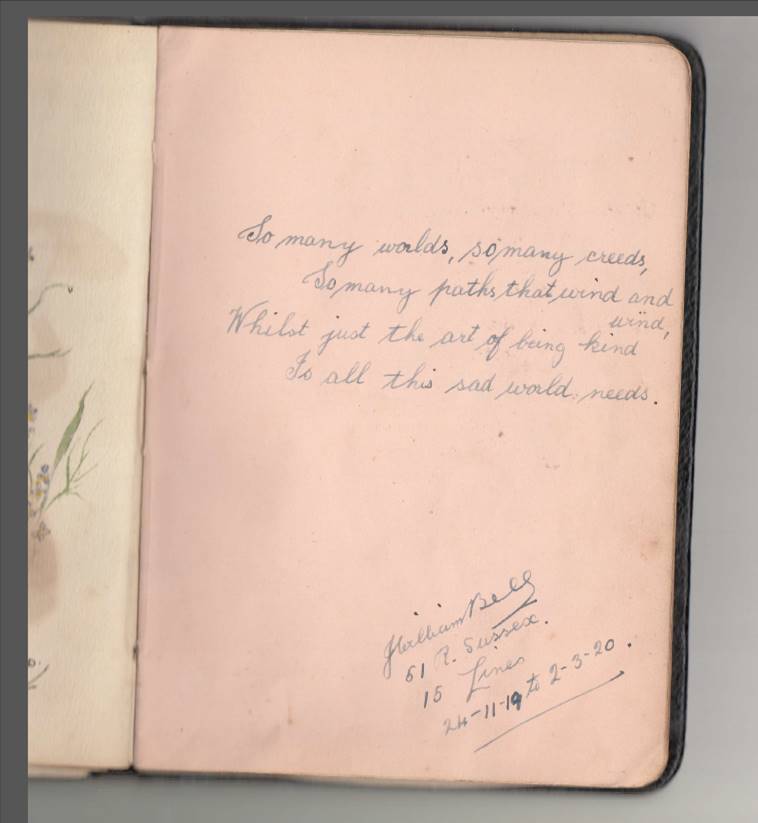Nicholson War Memorial
Find out more about the stories behind the Nicholson War Memorial in Leek at http://www.nicholsonmemorial.org.uk/index.html
Read more ▸Find out more about the stories behind the Nicholson War Memorial in Leek at http://www.nicholsonmemorial.org.uk/index.html
Read more ▸In late September 1917, prior to its move from Tidworth Pennings near Salisbury to Brocton Camp on Cannock Chase in Staffordshire, the 3rd New Zealand Rifle Brigade was reviewed by its founder, The Duke of Connaught (King George V’s uncle). His visit was reported in the Chronicles of the New Zealand Expeditionary Force; the article…
Read more ▸When the two World War I army camps were set up on the high, open heathland of Cannock Chase, they were each able to accommodate 20,000 troops. There successive intakes, mainly of recruits, underwent training before being posted to the Western Front. By the time hostilities had ended on 11th November 1918, it is estimated…
Read more ▸I was born in Cannock and moved to Huntington when I was 1 year old. As children we roamed the Chase, Shoal Hill & Cavan’s Wood, which was at the end of our garden. After I left school I worked for British Coal for 18 years then when the pits closed I worked in South…
Read more ▸Brindley Village came into existence in late 1924 when the West Cannock 5 Colliery bought what had been the Ministry of Pensions Hospital in Brindley Heath. Some of the buildings, specifically the six surgical wards were removed as well as other ancillary offices. Some of the fittings were used to equip the huts to create…
Read more ▸In 1920, the camps were dismantled and Cannock Chase returned to Lord Lichfield. Huts were sold off and became homes, shops, workshops, village halls and more. One hut became a family bungalow in Brocton and was lived in until 2010. The Great War Hut at Marquis Drive was the Parish Hall in Gayton (about 10miles…
Read more ▸There was a need to house the ever-increasing number of captured German prisoners within the country and as Brocton Camp was never fully occupied by serving troops there was spare capacity to convert some of the battalion lines into a camp. Brocton was an important parent camp to others all over the country. From here…
Read more ▸Diary entries for local people tell us about the relationship between those living around the camps and those staying on them. A diary written by Mrs EH Whitehouse, Clonskeagh, Bridgtown, Cannock 1916 (now Bridgetown Social and Working Men’s Club). Mrs Whitehouse was the wife of William Whitehouse of Whitehouse Brothers, edge tool manufacturers of Bridgtown.…
Read more ▸Postcards from soldiers to loved ones at home help us to understand how they may have been feeling whilst staying on the camp. Some cards sent in the winter months contain complaints about the weather and boredom up on ‘the moors’: ‘You might tell Louise I want some chilblain lotion as it is mighty cold…
Read more ▸During the 20th Century, autograph books were very popular. This autograph book belonged to Miss Sylvia Harris who during the war worked as the secretary to the area manager of the Navy and Army Canteen Board in the offices of the Central Grocery Depot at Rugeley camp. The camp employed many local people and Sylvia,…
Read more ▸

